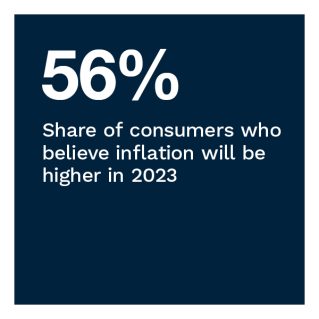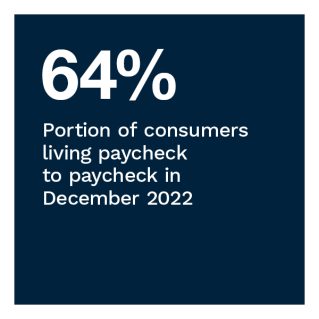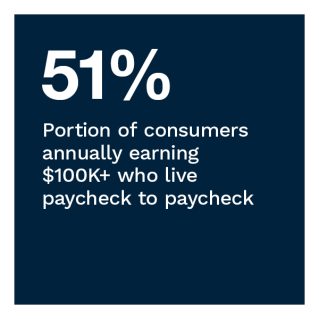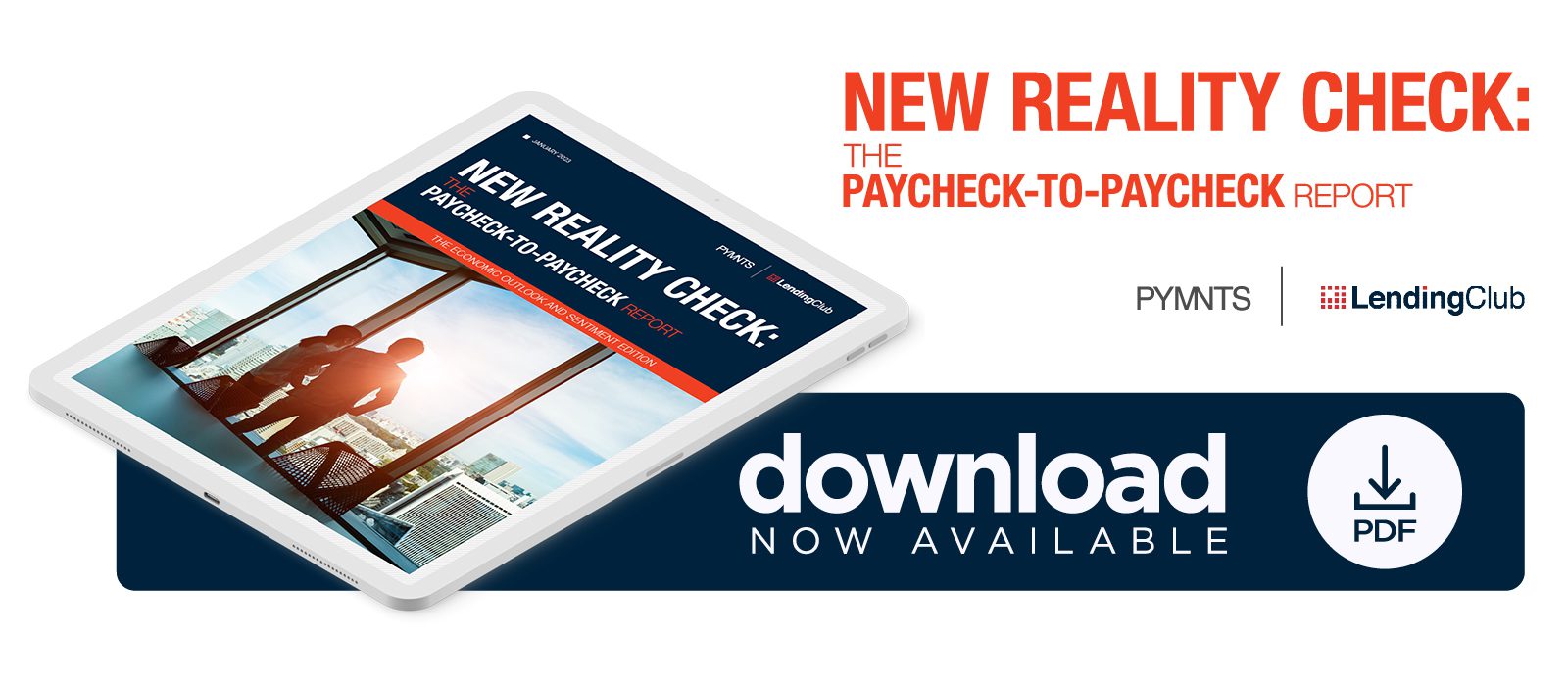More than Half of High-Income Consumers Now Live Paycheck to Paycheck
As we move into 2023, inflation and economic uncertainty remain top concerns for most U.S. consumers. In the past 12 months, increasing prices for everything from groceries to fuel have weakened consumers’ spending power. Growing shares of U.S. consumers at all income levels now spend most of their monthly income on expenses, finding it harder to put aside money for savings. At the end of 2022, 9.3 million more U.S. consumers were living paycheck to paycheck than the year before, with 8 million of these consumers earning more than $100,000 per year.
Meanwhile, the Federal Reserve continues to raise interest rates to combat inflation. More than half of consumers expect higher inflation and interest rates in 2023. That said, 4 in 10 consumers across all financial lifestyles also expect their incomes to keep up with inflation this year, an increase from 1 out of 10 consumers in 2022. Rising wages tend to fuel further price increases, complicating the Federal Reserve’s efforts to stabilize inflation.
These are just some of the findings detailed in this edition of “New Reality Check: The Paycheck-To-Paycheck Report,” a PYMNTS and LendingClub collaboration. The Economic Outlook and Sentiment Edition examines U.S. consumers’ expectations for 2023 and how ongoing inflation and economic uncertainty will impact their spending. The series draws on insights from a survey of 3,989 U.S. consumers conducted from Dec. 8 to Dec. 23, as well as an analysis of other economic data.
More key findings from the study include the following:
• Paycheck-to-paycheck consumers see reasons for optimism in 2023, with those not struggling to pay bills the most likely to expect their situation to improve. PYMNTS’ research finds that 4 out of 10 consumers expect their personal finances to improve in the next year, up 7 percentage points from 33% in July 2022. One-third expect their situation will not significantly change, while 27% think things will worsen. Not surprisingly, high-income consumers — those annually earning more than $100,000 — are the most likely to think their financial situations will improve, although that share has dipped 4 percentage points since July 2022.
• Paycheck-to-paycheck consumers expect their incomes to keep up with inflation in 2023, citing job upgrades and additional sources of income as drivers of their optimism. While 42% of those living paycheck to paycheck without issues paying bills expect their incomes to keep up with inflation in 2023, just 40% of those struggling to pay their bills expect the same.  Among consumers not living paycheck to paycheck, 46% expect their incomes to keep up with inflation in 2023. They are also the most likely to expect an improved financial situation in the next year, with 30% saying so. Meanwhile, one-third of paycheck-to-paycheck consumers cite job upgrades and additional sources of income as drivers of optimism.
Among consumers not living paycheck to paycheck, 46% expect their incomes to keep up with inflation in 2023. They are also the most likely to expect an improved financial situation in the next year, with 30% saying so. Meanwhile, one-third of paycheck-to-paycheck consumers cite job upgrades and additional sources of income as drivers of optimism.
• Inflation drives the most pessimism among those living paycheck to paycheck who believe their financial situation will worsen in 2023. Despite optimism among some U.S. consumers, 27% expect their financial situations to worsen in 2023. Inflation and economic uncertainty are the most cited reasons, at 72% and 66%, respectively. Among paycheck-to-paycheck consumers who think their financial situation will worsen next year, about three-quarters cite inflation as a reason for their pessimism, while two-thirds blame economic uncertainty. Consumers not living paycheck to paycheck are more worried about economic uncertainty than inflation, at 72% versus 62%, respectively.
To learn more about how inflationary pressures impact paycheck-to-paycheck consumers’ financial outlook, download the report.


